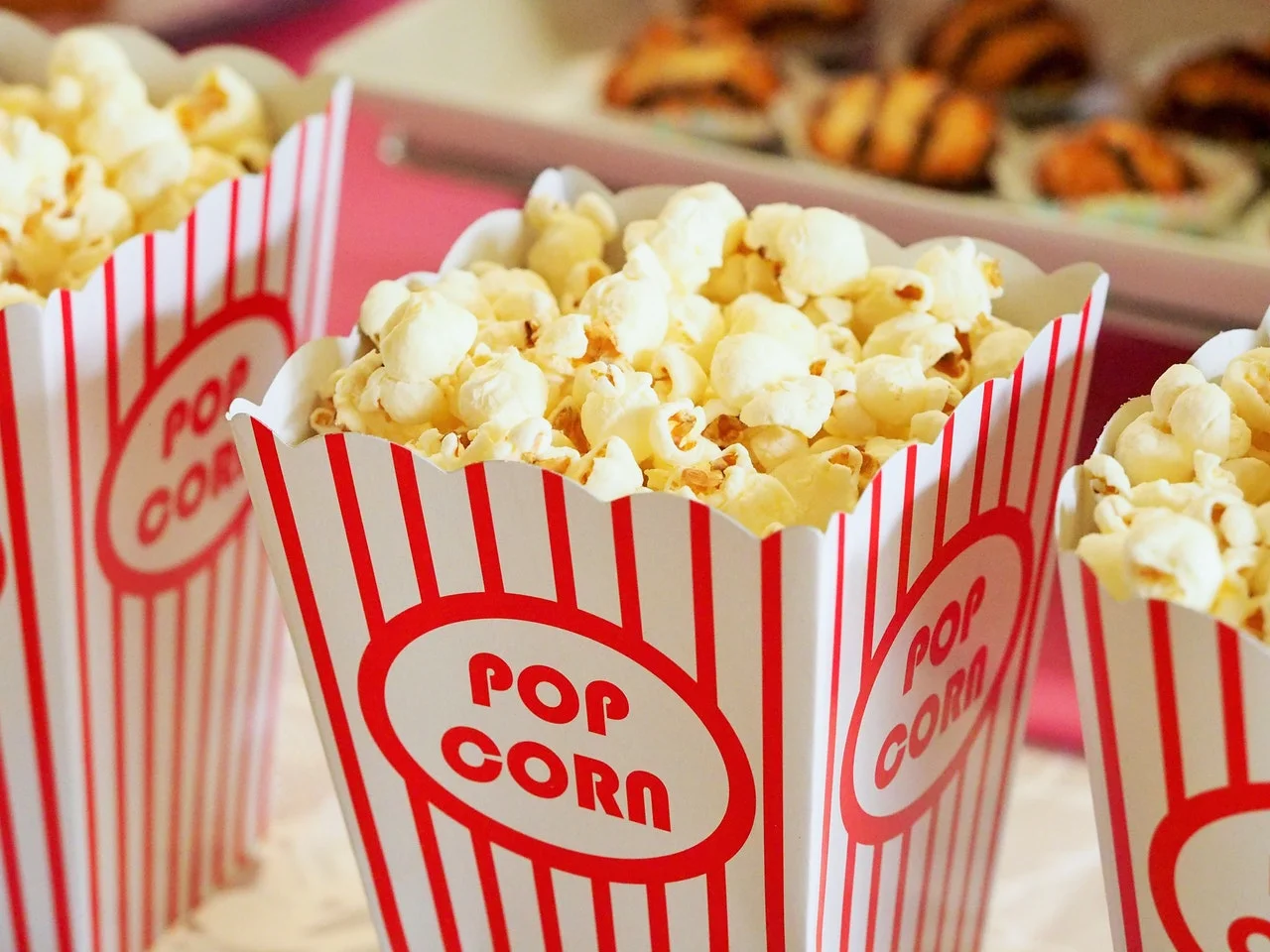Use the search bar at the bottom of the page to find information on specific topics. This website is for informational purposes only and information contained herein does not constitute legal advice. Please note the dates of all content and be aware that it may not reflect the most current developments.
